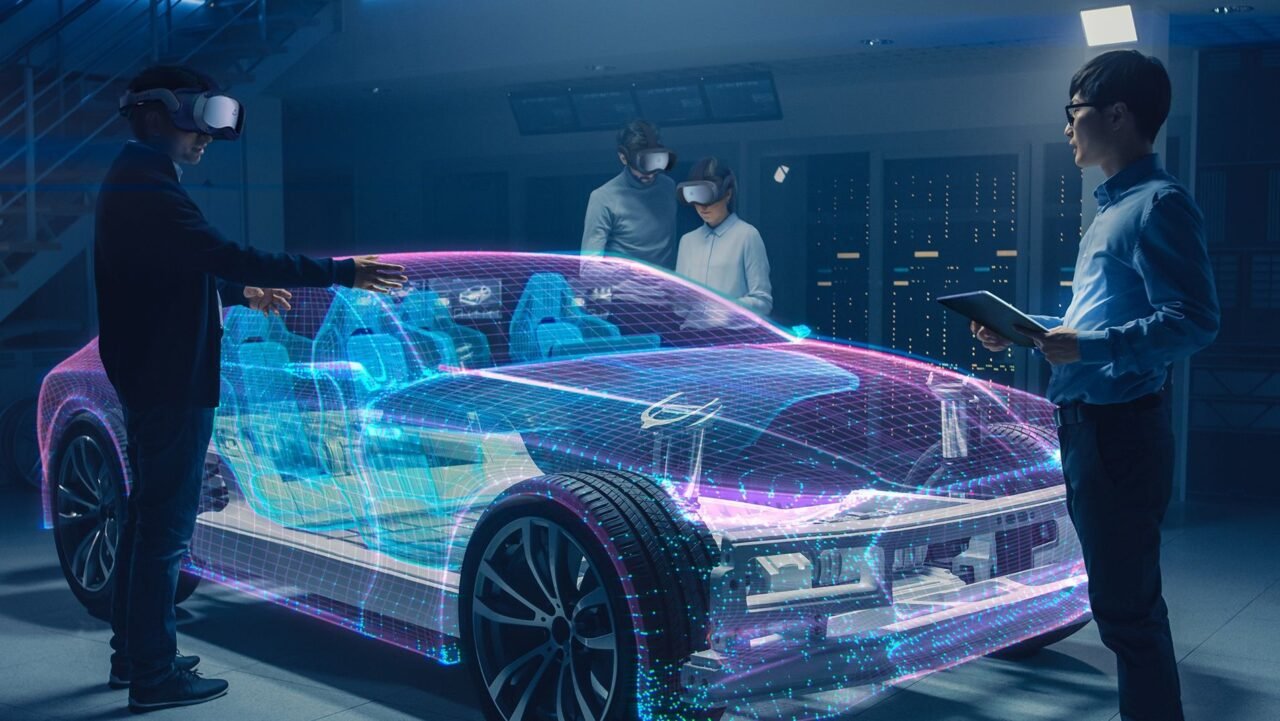Virtual Reality (VR) system integration refers to the process of connecting and combining various hardware and software components to create a functional and immersive virtual reality experience. It involves integrating different technologies, such as headsets, tracking systems, input devices, and software frameworks, to provide a seamless and interactive VR environment.
Here are the key components typically involved in VR system integration:
- VR Headsets: These are the primary devices that users wear on their heads to view the virtual world. VR headsets often consist of a head-mounted display (HMD) that includes screens to display the virtual environment and lenses to focus the image for each eye. The headsets may also incorporate built-in sensors for tracking head movements.
- Tracking Systems: To create a sense of presence and enable interactions within the virtual environment, tracking systems are used to capture the user’s movements and translate them into the virtual world. These systems employ various technologies, including infrared cameras, laser sensors, or inside-out tracking algorithms, to track the position and orientation of the user’s head and hands.
- Input Devices: VR experiences often require users to interact with the virtual environment. Input devices such as handheld controllers, data gloves, or motion capture systems enable users to manipulate objects, navigate through the virtual space, and perform actions within the VR environment. These devices are typically tracked by the system to synchronize their movements with the user’s actions.
- Software Frameworks: VR system integration involves leveraging software frameworks and platforms designed for creating and rendering virtual reality experiences. These frameworks provide tools and libraries for developing VR applications, handling inputs from various devices, managing 3D assets, and optimizing performance. Popular VR software frameworks include Unity, Unreal Engine, and SteamVR.
- Computer Hardware: VR experiences require significant computational power to render high-resolution graphics in real-time. A powerful computer or gaming console is typically needed to drive the VR system and deliver a smooth and immersive experience. The computer must meet the recommended specifications provided by the VR headset manufacturer to ensure compatibility and optimal performance.
The process of VR system integration involves connecting and configuring these components to work together seamlessly. This includes setting up the hardware devices, installing the necessary software drivers, calibrating tracking systems, and ensuring compatibility between the VR headset and the software framework being used. Integration may also involve integrating additional peripherals like haptic feedback devices or audio systems to enhance the overall immersion.
Once the system is properly integrated, VR experiences can be developed and deployed, ranging from gaming and entertainment applications to training simulations, architectural visualization, healthcare applications, and more. The integration process may vary depending on the specific hardware and software components being used, and it often requires technical expertise and knowledge of the VR ecosystem.

